John W. Simonton – President Judge, 12th Judicial District of Pennsylvania
Posted By Norman Gasbarro on August 30, 2012
John W. Simonton, the presiding judge at the trial of Keiper and Rowe, the two Halifax National Bank robbers and murderers of bank cashier and Civil War veteran Charles W. Ryan, was himself a Civil War veteran, having served as a Private in the 1st Pennsylvania Infantry (Militia of 1862), Company K. The biography and portrait of Judge Simonton appeared in the Commemorative Biographical Encyclopedia of Dauphin County, published in 1896 by J. M. Runk Company of Chambersburg, Pennsylvania.
Hon. John Wiggins Simonton, was born in West Hanover Township, Dauphin County, in 1830 (the exact register of his birth is missing from the record), son of Hon. William Simonton, son of William Simonton and Elizabeth W. [Snodgrass] Simonton, daughter of Rev. James Snodgrass. His preparatory education was received at the country school near Hanover Church, continued at the Strasburg Academy, Lancaster County, and then at Lafayette College, Easton, graduating at the College of New Jersey [Princeton] in 1850. His choice of profession was the law, and he was entered as a student with Hon. Hamilton Alricks, at Harrisburg, admitted to practice at the April term, 1853. With a very brief interval his residence has been at Harrisburg.
When the war broke out he was one of the first to respond and served as a Private in Company K, 1st Regiment Pennsylvania Militia, until discharged after the Battle of Antietam.
He married, 8 July 1856, Sarah H. Kunkel, daughter of George Kunkel, merchant, and Catharine [Ziegler] Kunkel. It may be safely said of Judge Simonton that he never sought an office, his ambition was to be a thorough lawyer, and as such win success, and before office sought him he was considered a safe counselor as well as a capable one. He was chosen District Attorney in 1866. As soon as another opportunity presented itself to honor him with a higher station, his fellow citizens chose him without serious opposition, in 1881, President Judge of the Twelfth Judicial District of Pennsylvania, to succeed Judge Pearson, and again re-elected him in 1891 for the term of ten years. Every opinion handed down since he has held this important position has shown an intimate knowledge of the laws of his native State, of his literary ability, acute perception of such facts as are necessary in considering cases, and in nearly every instance have been sustained by the higher court.
Judge Simonton’s Civil War service was not in the 1st Pennsylvania Infantry, the regiment that went into service in April 1861, but rather in the state militia regiment that was was called into duty in 1862.
As shown by the Pennsylvania Veterans’ Index Card (above), his time in the militia was very brief, serving only from 13 September 1862 through 24 September 1862. While this service qualified him to be designated a war “veteran,” it was too brief to qualify for a pension. John W. Simonton was 28 years old at the time of his war service.
As previously noted, Judge Simonton was the presiding judge at the trial of Weston Keiper and Henry Rowe, the two Lykens men who were found guilty of murder. He passed the sentence of death upon them on 18 May 1901:
ROWE AND KEIPER TO HANG
Special to the Inq. Pennsylvania, 18 May 1901 — Henry Rowe and Watson [sic] Keiper were to-day sentenced by Judge Simonton to death for the murder of Cashier Charles W. Ryan, in their attempt to rob the Halifax National Bank in March. They heard the sentence without a tremor.
A few months prior to the sentencing of Rowe and Keiper, Judge Simonton was honored by the Dauphin County Historical Society by elevation to the office of President of that group. He followed Dr. William H. Egle who died in office. The Harrisburg Patriot reported the succession in its 15 March 1901 edition:
Within a period of two years, Judge Simonton himself took ill and on 11 February 1903, the Harrisburg Patriot reported that his end was near:
Judge John W. Simonton died at Harrisburg on 11 February 1903 and because of his prominence, his death was widely reported. The Philadelphia Inquirer included a picture of Judge Simonton along with an extensive article on his life and work:
Three days after his death, the funeral was held in Harrisburg. The court house was ordered to be draped in black for thirty days and “appropriate resolutions were adopted” to honor him. Again, major state newspapers carried the funeral details. The following description is from the Philadelphia Inquirer of 15 February 1903:
Ironically, the man who had been elected as President of the Dauphin County Historical Society to fill an unexpired term of a president who died in office, himself died while serving as its president, and once again the Society had to meet to elect a new president. Later in the month of February, the 1st Vice President, Dr. John P. Keller was elected to succeed Judge Simonton:
Dr. Keller addressed the Dauphin County Historical Society expressing his feeling of incompetency to occupy a position which was so ably filled by is predecessors. “The objects of this society are noble ones and I rejoice to know that the thirty-three years of our existence have not been entirely in vain, our aims being as our motto declares to resurrect the history of the past and preserve the doings of the present for the generations of the future.”
When Judge Simonton was laid to rest, his accomplishments were duly noted, including his service in the militia during the days of the Civil War. Although he did not reside within the geographic area of the Civil War Research Project, his influence as President Judge made him well known to the residents of the Lykens Valley area and for that reason, he should be included in the project list of Civil War veterans.
The news clippings are from the on-line resources of the Free Library of Philadelphia. Complete copies of the articles are available in the files of the Project. The Pennsylvania Veterans’ Index card is from the Pennsylvania Archives. For prior posts on the Halifax Bank Robbery, click here.
Note: There is another Civil War veteran named John W. Simonton who was born 5 December 1812 and died 28 April 1895 and is buried in Mifflinburg Cemetery in Union County, Pennsylvania. The two men should not be confused.
 ;
;
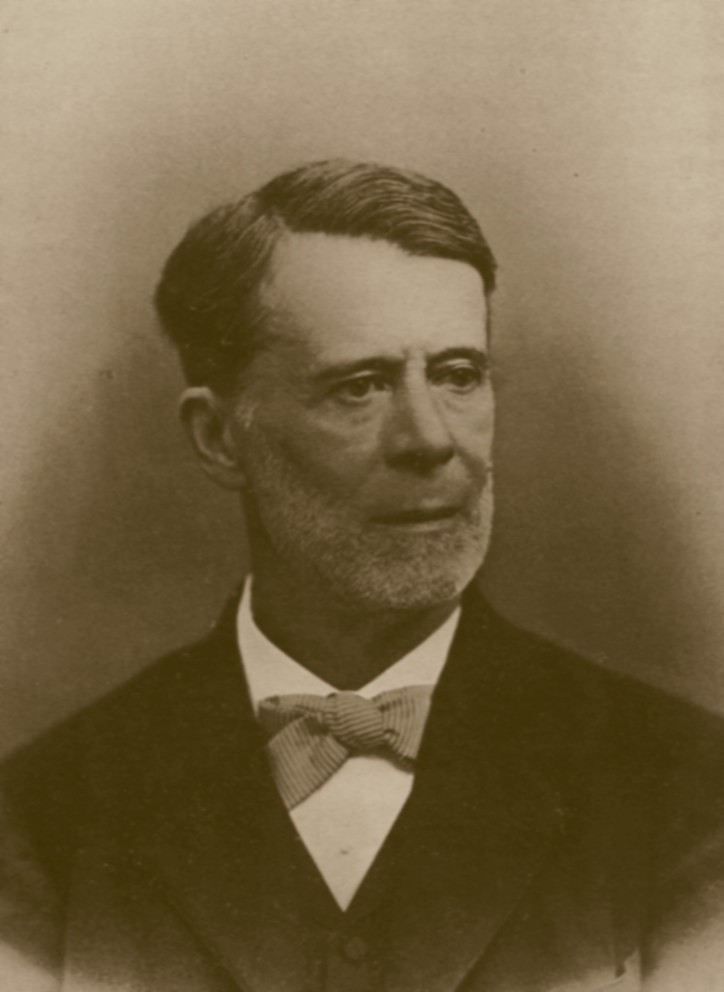
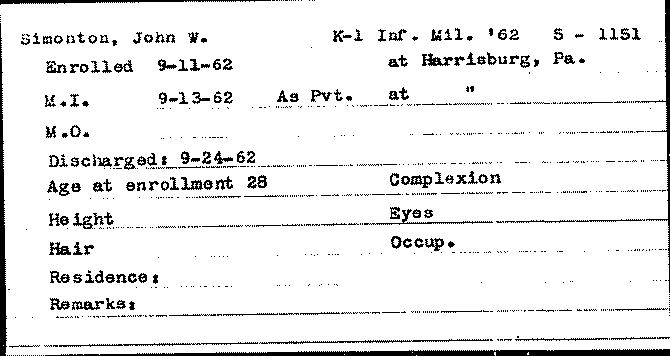
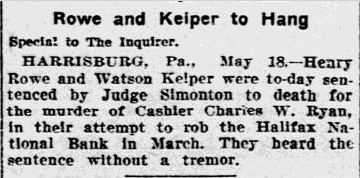
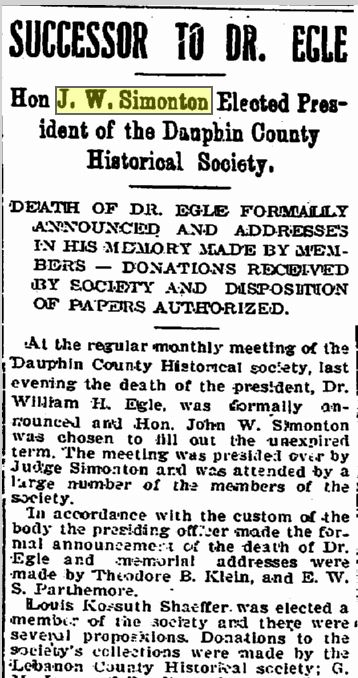
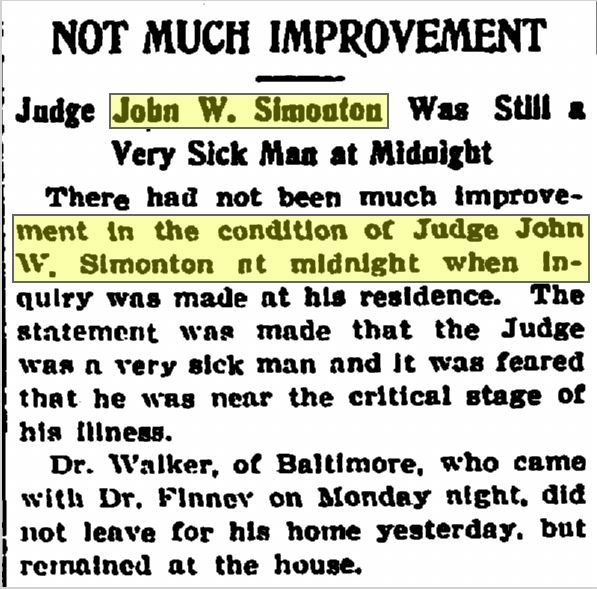
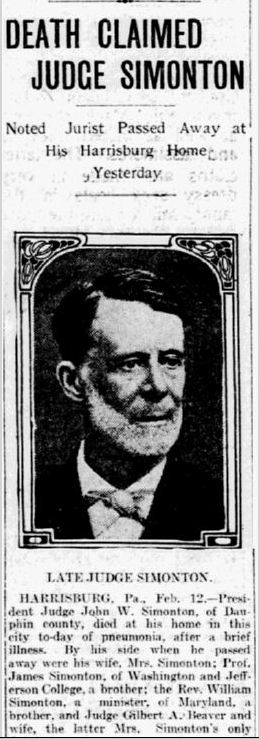

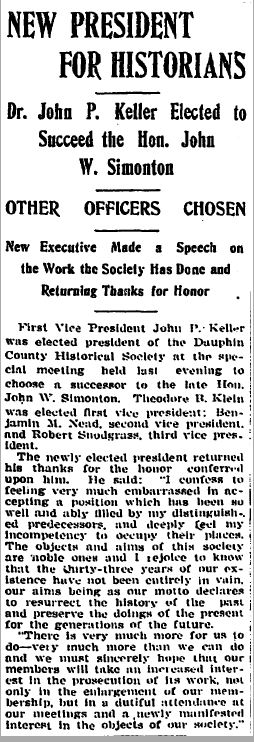


Comments